Influencer Marketing (Marketing Communications) or marketing with the help of influential people is one of the terms that has been used and heard even more in recent years. Although influencer marketing is not limited to a specific media or platform, many people are more familiar with this concept through social media.
Influencer marketing is a new and very effective way of digital advertising. In this way, brands work with influential people or pages that have a lot of fans on social networks to promote their product or brand by using the credibility of their opinions with their audience.
According to research, social media users will be five times more likely to buy an advertised product or service if they encounter effective advertising content. For example, statistics show that 40% of people in the United States buy a product online after seeing it used by influencers.
Who is an Influencer?
Influencers are influential or famous people who have a large audience on social media that constantly follows them and are influenced by their opinions. Influencers may be popular in the real world (for example, athletes and actors), or they may have gained their audience entirely through the production of content on social media. In the field of advertising, influencers are divided into several categories, which are as follows:
Celebrities (celebrities)
These people have gained a reputation for their careers in the real world. Some of these people may also produce content on social media in certain areas, such as athletes. Their audience range is usually wide and diverse, and influencers’ collaboration with them for brand awareness campaigns or public product promotions is appropriate.
viners
Viner refers to people who post entertaining videos on social media. These people are considered comedians or actors of the virtual world. Usually, their audience is very interested in them and they listen to their conversations completely, so they can fully convey the brand message to their audience.
Bloggers
Bloggers are more likely to produce textual content in specific areas, and their audience expects them to receive an expert review. For example, travel bloggers visit cities and interesting areas and share their views and experiences with their audiences. Bloggers can very well explain the specific features and they can show how to use products in influencer marketing campaigns and also its advantages and disadvantages.
Micro-influencers
They are influencers who have about 2 to 50,000 followers and produce and publish content in a specific field, for a specific interest, or small markets. Because the micro-influencer audience is smaller and more specialized, they are usually more closely associated with their followers and their followers are more influenced by their opinions.
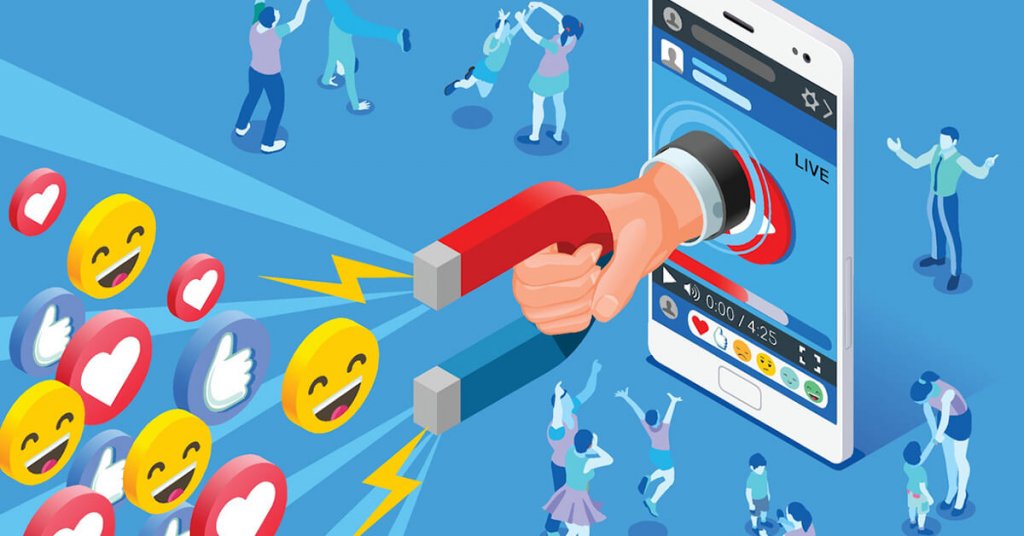
If you want a more specific definition of influencer in Influencer Marketing, the definition of Brown and Fiorella can be useful.
Influencer is a person whom isn’t just a normal customer for the businesses; Rather, they ask the influencer to produce content about their brand or product, or to recommend it directly to their audience, and in return, they somehow compensate for that impact.
The compensation mechanism can be very diverse. The following are some of the most common compensation methods in everyday Influencer Marketing applications:
Influencer receives a certain amount of money for when they try to influence the behavior of their audience.
Brand or business executives do the same for the influencer (for example, two active speakers promote each other).
An influencer can use business products and services for a certain period of time, with a discount or for free (they may say if you advertise my hotel; you do not have to pay for your stay).
Influencer receives a commission (percentage of sales) for the sales they generate.


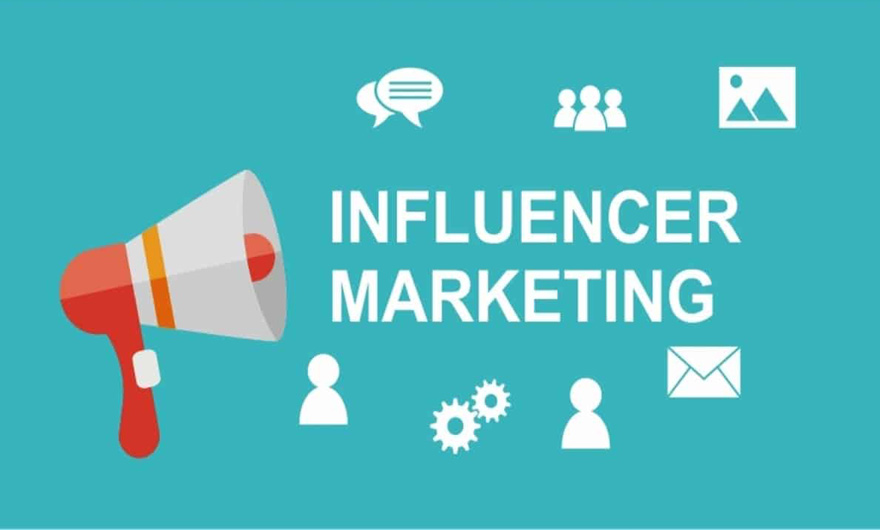
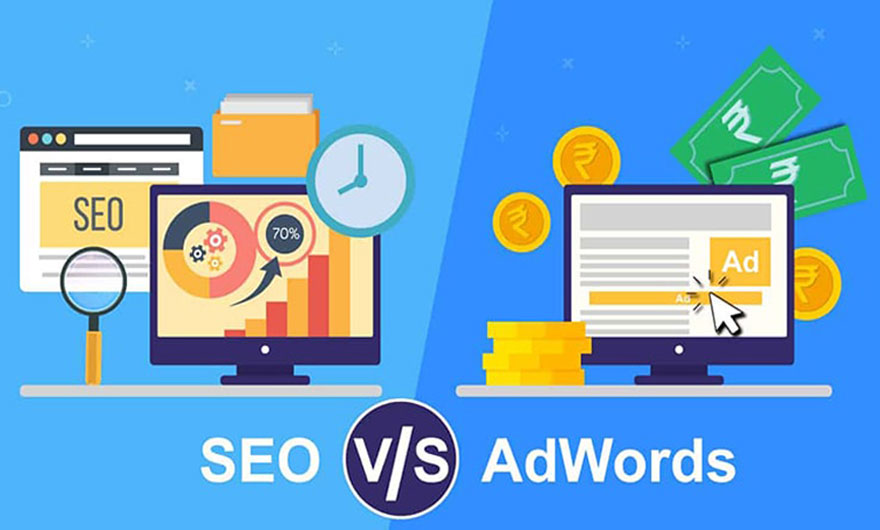
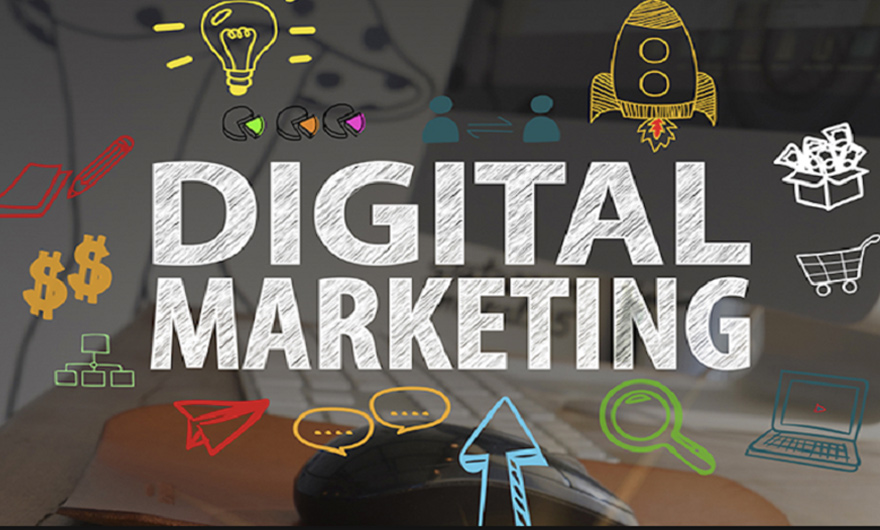
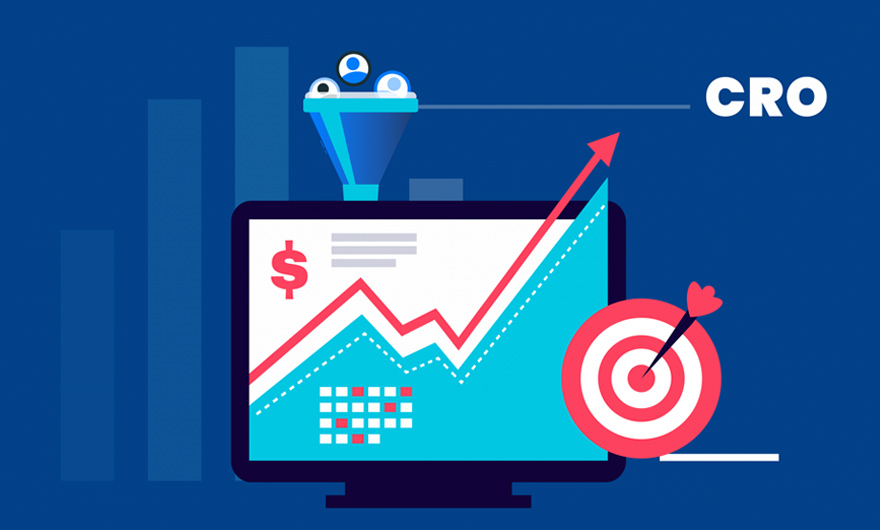
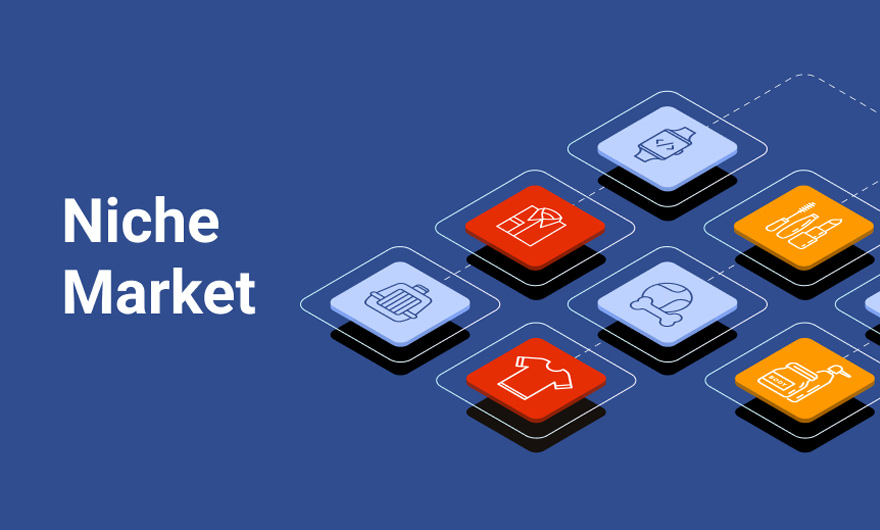
Leave feedback about this
You must be logged in to post a comment.